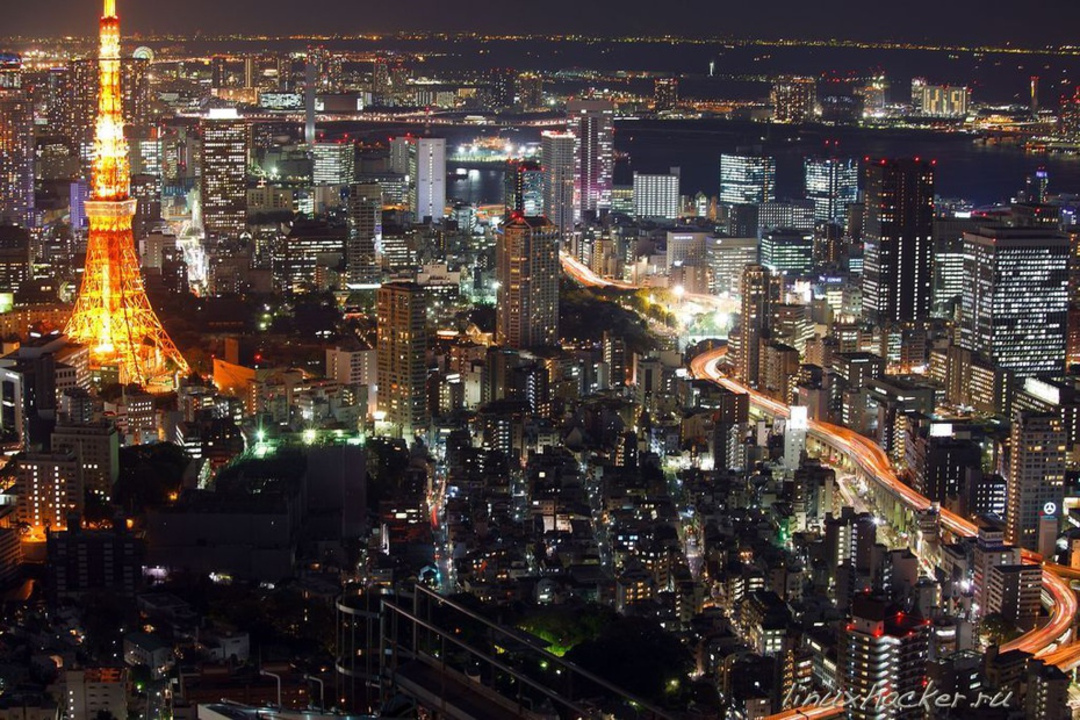Temples and hills of Kamakura: Kamakura is the ancient capital of Japan. It was here that the culture of samurai and Zen Buddhism appeared and flourished. The Japanese government in the 13th century has tried and built many beautiful temples and parks that are located among the hills and beaches. The best part is that it’s all just an hour’s drive from Tokyo. This is an all-day itinerary for those who want to see medieval Japan but don’t want to travel far from the city.
Hase Station

Temples and hills of Kamakura
Haze – Enoden Line Station. In the immediate vicinity are the famous Daibutsu, Hazedera Temple, and the beach. It is also remarkable in that a huge number of places with delicious ice cream are concentrated in its vicinity.
Ice cream stall

Temples and hills of Kamakura
There is an ice cream booth on the road from Hase Station to Hazedera Temple. This is the most delicious in Kamakura. The main thing is to choose the option with natural milk flavor.
Haze dera

Temples and hills of Kamakura
Khazedera Temple is remarkable for its diversity. There are not only pavilions of Buddhist temples here. If you climb the stairs, you can reach the observation deck with a beautiful view of the city and the sea. There is also a bistro with Dango – rice balls in syrup on a stick. There is also a cave with a thousand tiny statues of Buddhist saints. Walking around the temple grounds is like an adventure! Entrance 300 yen.
Daibutsu

Temples and hills of Kamakura
Daibutsu is one of the main attractions in Kamakura. It is the second tallest big Buddha in Japan. The most interesting thing is to see how skillfully it is made. Be sure to go inside! Surprisingly, from the inside, it seems much larger than the outside. In summer, the bronze statue heats up so much that it’s just hard to be inside, but touching the hot metal plates (you can’t outside – you can from the inside) is still awfully interesting! Entrance 200 yen. The entrance to the Buddha is 40 yen.
Daibutsu route

Temples and hills of Kamakura
The Daibutsu trail is one of the forest trails in Kamakura. Oo is labeled “hiking”, but in essence, it is just a path in the forest with several steep climbs. The journey will take about 1.5 hours. It is especially fun to walk off the main route following the signs, although it can add to the effort. But it’s worth it. The atmosphere here is like in a horror movie! Forest, silence, if summer, then a little fog. Among this mystical splendor are thousands of small figurines of chanterelles. Their number increases as we approach the “hut on chicken legs” – a small Shinto temple traditionally painted white and red. A very, very uncomfortable place. As the Japanese themselves would say: “Of course, there is a deity.”
Zeniarai Benten

Temples and hills of Kamakura
Money can be laundered at Zeniarai Benten. According to legend, five more “reclaimed” ones will return to you. There is nothing strange in the fact that banknotes are also washed here. Of the interesting things, there is also a small pond with carp in Japanese.
Kamakura station

Temples and hills of Kamakura
The nearest station for exploring the main attractions of Kamakura. It is possible to change trains from the Yokosuka Line to Enoden. When entering the city, carefully look at which side you need to exit – the next crossing through (or under) the railway is not closed. If you are still mistaken, go to the station employee: he will let you pass through the turnstile and give you a piece of paper that will need to be shown on the other side. This happens often, and the station staff will understand you in English.
Tsurugaoka hachimangu

Temples and hills of Kamakura
The main Shinto shrine of Kamakura. It is just like in the picture – there is a huge gate, and a humpbacked bridge over a pond with carp and lotuses (the bridge is closed), and a bell pavilion. This is the perfect Japanese garden. Along the road to the temple, there are tents with interesting food – chocolate-covered bananas, yaki-soa, candy canes. All this is terribly interesting to consider. If you happen to be here in May, you should go around the pond and go to the peony exhibition. It is very likely that you will find it by its scent. Entrance 500 yen. In the temple itself, there is a small museum with old kimonos and scrolls. The entrance is 200 yen, although it is better to spend it elsewhere.
Kenchoji

Temples and hills of Kamakura
The most important of the Zen Buddhist temples in Kamakura. When you walk through its gates, there is a feeling of awe of antiquity – the Japanese have been walking around this courtyard for the seventh century and ringing that bell. Although not all of the surviving buildings are that old, of course. Take the map at the entrance and go around all the marked places. Signatures in English are not everywhere, but that will not prevent you from admiring the garden or the sculptures. The main thing to do here is to go further into the park of the temple. You need to go past a bamboo grove with small sanctuaries and climb the mountain along the stairs, guarded by Tenshi, the nosed angels. This is the highest point of the narrow valley in which the temple is located. From here there is a beautiful view of the roofs of the temple and the whole of Kamakura. If you go to the right, you can see the observation deck overlooking Fuji-san.
Read More About Japan


















